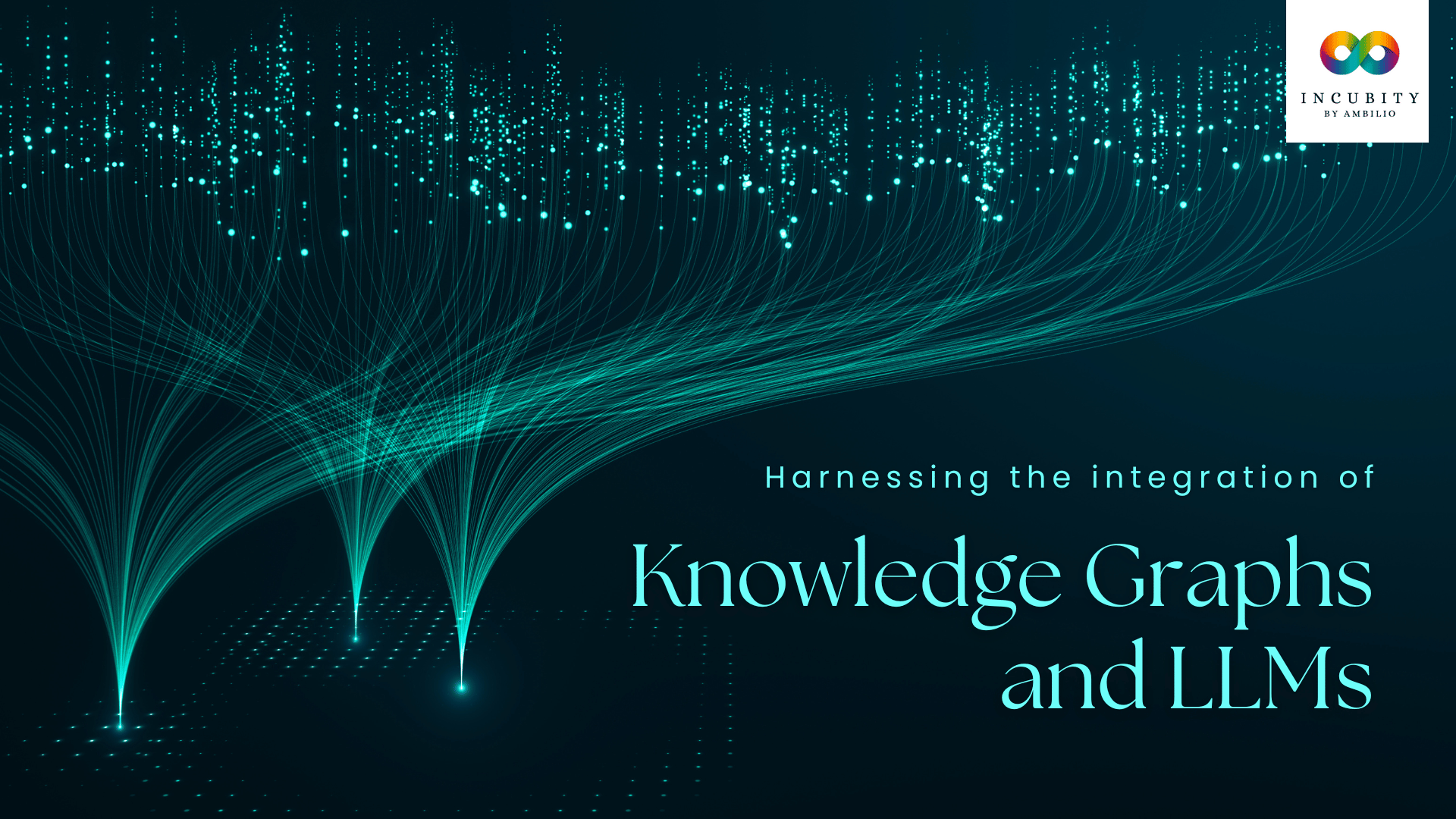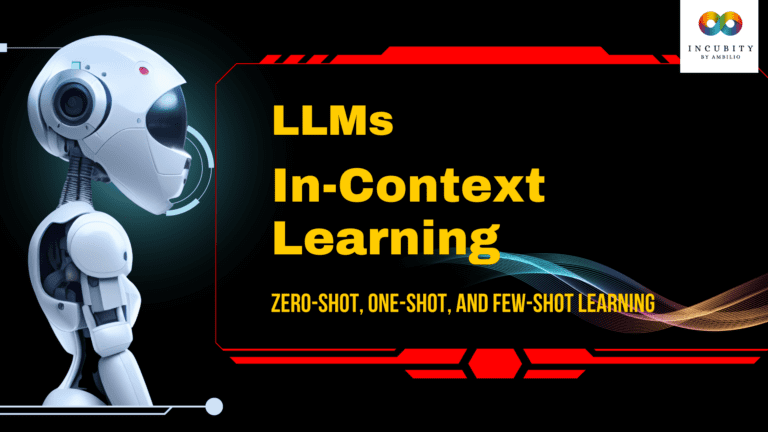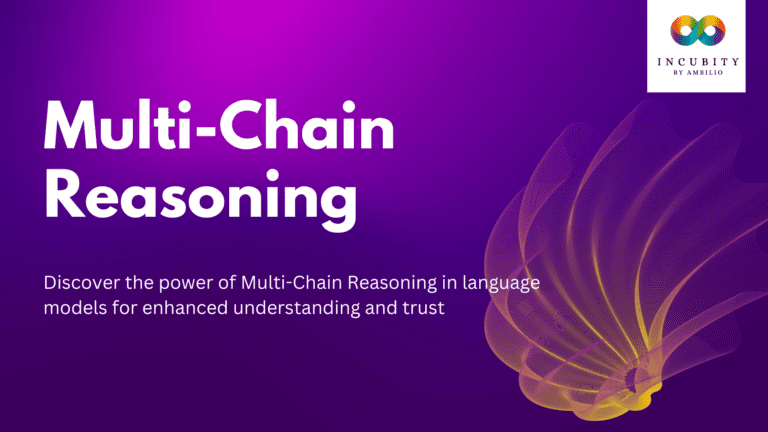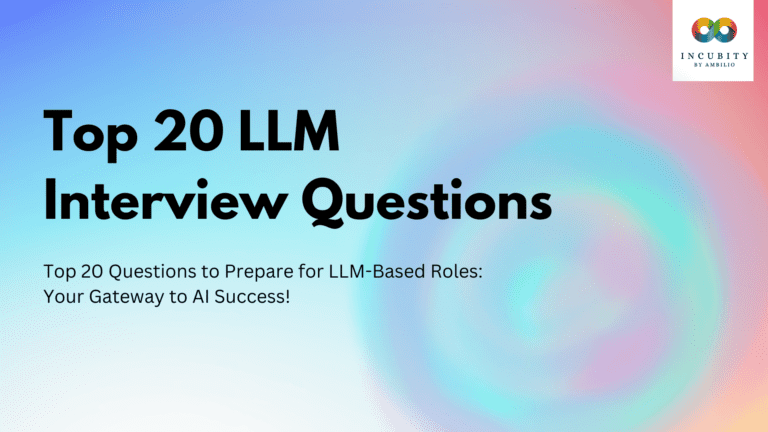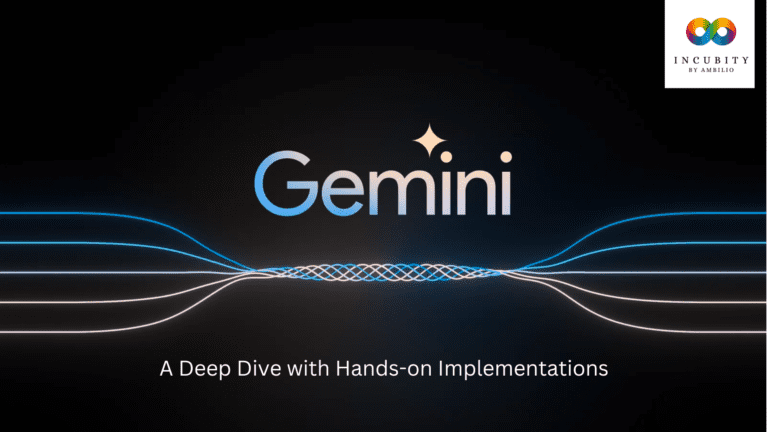Imagine a world where machines not only speak our language but truly understand our world. This is the vision ignited by the convergence of two groundbreaking technologies: knowledge graphs and large language models (LLMs). While seemingly disparate, these approaches offer complementary strengths, paving the way for a new paradigm of AI, one that is robust, accurate, and deeply informed. This article delves into the intricate dance of knowledge and language, exploring how their synergy is reshaping the frontiers of AI.
Knowledge Graphs: The Architects of Understanding
Think of a knowledge graph as a meticulously crafted map, not of physical terrain, but of knowledge itself. Unlike the tangled mess of information we often encounter, knowledge graphs offer a structured representation of the world. They depict entities and concepts as nodes and connect them with relationships as edges. This clear and unambiguous structure fosters logical reasoning and inference, making information readily accessible and easily discoverable.
Knowledge graphs come in all shapes and sizes, spanning different domains. Whether it’s the intricacies of medicine, the complexities of law, or the vast information ocean of history, there’s a dedicated knowledge graph weaving the fabric of understanding in each domain. These specialized maps equip AI with deep domain expertise, allowing it to navigate specific fields with confidence and precision.
LLMs: Weaving New Tapestries of Communication
On the other hand, large language models are the virtuosos of language. Trained on immense amounts of text and code, LLMs possess an uncanny ability to manipulate language in its myriad forms. They translate languages with finesse, generate creative text formats with surprising artistry, and answer your questions in an informative (and sometimes witty) way. Unlike the rigid structure of knowledge graphs, LLMs excel at capturing the fluidity and nuances of natural language, understanding context and adapting to ever-changing situations. Think of them as the linguistic maestros of AI, weaving tapestry after tapestry of meaning from the raw threads of communication.
The Dance of Knowledge and Language: Where Synergy Ignites
But the true magic unfolds when these two technologies join hands. Knowledge graphs become external anchors for LLMs, providing factual grounding and domain-specific expertise. This integration enhances the accuracy and consistency of LLM outputs, ensuring their linguistic prowess is rooted in verifiable knowledge. Imagine an LLM tasked with summarizing a scientific paper. By consulting a specialized knowledge graph, it can filter out irrelevant information and provide a concise and accurate summary, free from factual errors.
Furthermore, knowledge graphs can enrich the very way LLMs learn. By injecting factual grounding and logical reasoning into the training process, they create AI systems that not only generate fluent and context-aware text but also possess the ability to think critically and draw informed conclusions. Think of it as building an AI with not just impressive conversational skills, but also intellectual depth and analytical prowess.
Hybrid Symphonies: Merging Strengths for Powerful AI
The true potential of this convergence lies in hybrid AI architectures that seamlessly integrate KGs and LLMs. These unified systems combine the structured knowledge of KGs with the linguistic dexterity of LLMs to tackle complex tasks like question answering, summarization, and even decision-making. Imagine an AI doctor analyzing a patient’s symptoms. A hybrid system could access both medical knowledge graphs and medical literature through an LLM, interpreting data, drawing inferences, and ultimately suggesting potential diagnoses with unprecedented accuracy and nuance.
Benefits of Convergence: Integrating Knowledge Graphs and LLMs
The combination of knowledge graphs and large language models offers several compelling benefits, including:
- Enhanced Information Representation: Large language models can be used to process textual data within knowledge graphs, enriching the representation of the graph and enabling more comprehensive understanding of the underlying knowledge.
- Improved Reasoning Capabilities: By integrating the structured knowledge of knowledge graphs with the text comprehension abilities of large language models, the resulting systems can exhibit more robust reasoning capabilities, leading to more accurate and reliable decision-making processes.
- Knowledge Extraction and Refinement: Knowledge graphs store explicit and structured knowledge, and the integration with large language models can enhance knowledge extraction and refinement, leading to more accurate and reliable AI systems.
- Better Explanations and Accountability: Knowledge graphs can provide better explanations and make fact editing more straightforward and accountable, which is particularly important in applications such as GDPR compliance.
- Domain-Specific and Commonsense Knowledge: Large language models can help bring in domain-specific or commonsense knowledge in a data-driven manner, making them more adaptable and useful in various contexts.
Applications: Fusion of Knowledge Graphs and LLMs
Here are ten applications where the integration of knowledge graphs and large language models can significantly impact and enhance various domains:
- Healthcare Decision Support Systems: Integrating medical knowledge graphs with language models can empower AI-driven systems to analyze patient records, medical literature, and treatment protocols. This integration assists healthcare professionals in making informed decisions and suggesting personalized treatment plans.
- E-commerce Product Recommendations: By amalgamating product catalogs represented in a knowledge graph with language models, e-commerce platforms can provide more precise and contextually relevant product recommendations to users based on their preferences and search queries.
- Financial Analysis and Risk Assessment: Combining financial data structured in a knowledge graph with language models enables the creation of robust financial analysis tools. These tools can assist in risk assessment, market trend predictions, and investment portfolio optimization.
- Virtual Assistants and Chatbots: Integrating knowledge graphs that encompass structured information about services, products, and user preferences with language models enhances the capabilities of virtual assistants and chatbots. This fusion allows for more accurate and context-aware responses in customer support scenarios.
- Semantic Search Engines: Incorporating structured knowledge from graphs into language models for web indexing and retrieval enables search engines to offer more nuanced and precise search results. This integration aids in understanding user queries in context and providing more relevant information.
- Smart Content Creation and Summarization: By combining language models’ text generation abilities with knowledge graphs, content creation tools can create more informative and accurate articles, summaries, or reports by enriching generated content with factual information and context.
- Education and E-learning Platforms: Integrating knowledge graphs containing educational materials, syllabi, and learning outcomes with language models can enable personalized learning experiences. This integration assists in adaptive learning paths and generating tailored explanations for students.
- Supply Chain Optimization: Utilizing knowledge graphs detailing supply chain networks, inventory levels, and logistical data alongside language models helps in predicting demand patterns, optimizing inventory, and streamlining logistics for enhanced efficiency.
- Legal Research and Case Analysis: Combining legal knowledge graphs encompassing case law, statutes, and legal precedents with language models aids legal professionals in conducting comprehensive research, drafting legal documents, and analyzing complex cases.
- Smart Cities and Urban Planning: Integrating urban infrastructure data from knowledge graphs with language models facilitates smarter city planning. This fusion enables better analysis of traffic patterns, energy consumption, and citizen feedback for more efficient urban development.
These applications showcase the potential of combining structured knowledge graphs with the contextual understanding of language models to revolutionize various industries and domains, fostering smarter, more efficient, and more informed decision-making processes.
Challenges and Opportunities: The Road Ahead
Despite the immense potential, integrating KGs and LLMs presents significant challenges:
- Integration Techniques: Seamlessly merging these two technologies requires innovative approaches that go beyond simply stitching them together.
- Scalability: Handling large-scale KGs and LLMs demands efficient computational solutions to avoid resource bottlenecks.
- Knowledge Acquisition and Maintenance: Building and maintaining comprehensive and accurate KGs is an ongoing endeavor, requiring robust methods for extracting and updating knowledge.
However, the opportunities are vast. Research efforts are actively tackling these challenges, with advancements in data compression and neural network optimization holding promise for efficient integration. Moreover, research into automated knowledge extraction and natural language processing continues to refine the tools

